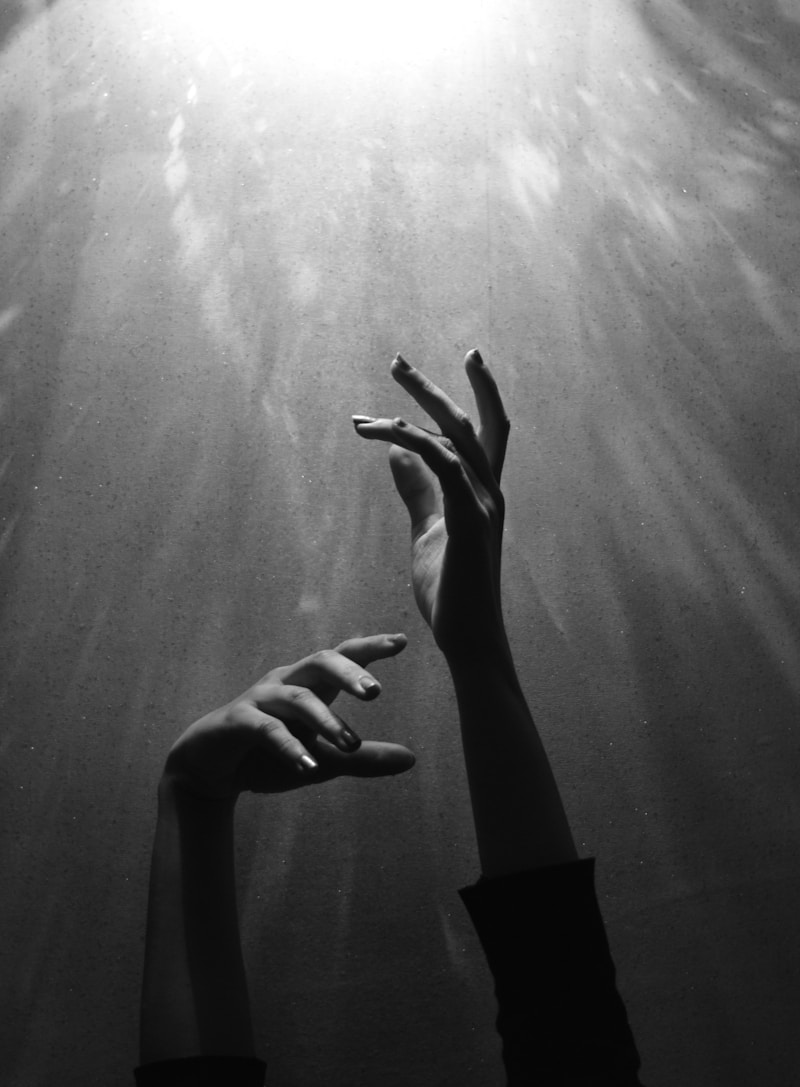Finding the Perfect Second-Hand Fit: A Comprehensive Guide
Introduction to Second-Hand Fashion
In our increasingly eco-conscious world, finding the perfect second-hand fit not only helps you save money but also contributes to sustainable fashion practices. Shopping for pre-owned clothing has become a trend embraced by many, from vintage enthusiasts to budget-conscious shoppers. However, the journey to identify the ideal second-hand garment can be daunting, especially with a wide array of options available in thrift stores, online marketplaces, and consignment shops.
Why Choose Second-Hand Clothing?
Choosing second-hand clothing offers numerous benefits. Here are some of the most compelling reasons to dive into the world of pre-owned fashion:
- Affordability: Second-hand items are often priced significantly lower than their new counterparts, allowing you to expand your wardrobe without breaking the bank.
- Sustainability: By opting for pre-loved clothes, you reduce your carbon footprint and contribute to a more sustainable fashion industry.
- Unique Finds: Thrift stores and vintage boutiques often hold unique pieces that you won't find anywhere else, allowing you to create an individual style.
- Quality Vintage: Many older garments were made with higher quality materials and craftsmanship, giving you access to better-made clothing.
Where to Shop for Second-Hand Clothing
Finding the perfect second-hand fit begins with knowing where to shop. Here are some popular places to consider:
| Location | Description |
| Thrift Stores | Local shops selling donated items, often full of hidden gems. |
| Online Marketplaces | Websites like eBay, Poshmark, and Depop offer a vast selection of pre-owned clothing. |
| Consignment Shops | Shops that sell gently used items on behalf of the original owner, often carrying higher-end brands. |
| Flea Markets | A great spot to discover unique vintage finds and negotiable prices. |
| Social Media | Platforms like Instagram and Facebook Marketplace allow individuals to sell their second-hand clothing directly. |
Tips for Finding the Perfect Fit
Now that you know where to shop, let's explore some essential tips for finding the perfect second-hand fit:
Understand Your Measurements
Before embarking on your shopping journey, it's crucial to have an understanding of your body measurements. This will help you choose clothing that fits well and flatters your figure. Measure your bust, waist, hips, and inseam, and keep these numbers handy while you shop. Remember, sizes can vary between brands, so always refer to your measurements instead of relying solely on the label.
Know Your Style
Your personal style plays a significant role in finding the right second-hand items. Take some time to identify the styles and pieces that resonate with you. Are you drawn to bohemian looks? Classic pieces? Or perhaps modern minimalist styles? Having a clear understanding of your preferences will make it easier to differentiate between what you love and what you can pass on.
Inspect Items Carefully
Second-hand items can sometimes show signs of wear, so it's vital to inspect each piece thoroughly before purchasing. Look for any stains, tears, or defects that may not be fixable. Pay attention to the fabric and stitching quality, as well as the overall condition of the item. The last thing you want is to buy a piece that requires excessive repairs or is unwearable.
Try Before You Buy
If you're shopping at a physical store, always try on items before buying. This is essential for ensuring the garment fits well and is comfortable to wear. If shopping online, carefully review the return policy, as many online marketplaces allow returns for ill-fitting items.
Mix and Match
One of the joys of second-hand shopping is the opportunity to create unique outfits. Don’t hesitate to mix and match vintage pieces with modern items from your existing wardrobe. Experimenting with different styles can lead to surprising and fashionable pairings.
Popular Types of Second-Hand Clothing to Consider
When searching for that perfect second-hand fit, keep an eye out for specific types of clothing that tend to perform well in the second-hand market:
- Vintage Jeans: Often made from durable materials, vintage jeans can provide a classic look and last for years.
- Graphic Tees: These are often readily available and can add personality to any outfit.
- Outerwear: Vintage coats and jackets can be unique and stylish, adding a statement piece to your wardrobe.
- Dresses: Look for Vintage dresses that can be dressed up or down depending on the occasion.
- Accessories: Scarves, bags, and jewelry can be excellent finds that elevate your entire look.
Frequently Asked Questions
How can I wash second-hand clothes safely?
Before wearing second-hand clothes, it's advisable to wash them. Use a gentle detergent and follow the care label instructions. Washing them can help eliminate any potential lingering odors or allergens.
Are second-hand clothes safe to wear?
Yes, second-hand clothes are generally safe to wear. However, it's a good practice to wash them before use to ensure cleanliness. Inspect the items for any signs of damage or wear before purchasing.
What should I avoid when shopping second-hand?
When shopping for second-hand clothing, avoid items that show significant wear, such as broken zippers, excessive fading, or major stains. If the item requires extensive repairs, it may not be worth the investment.

Conclusion
Finding the perfect second-hand fit is an art that requires patience, an eye for style, and a willingness to explore various sources. By understanding your measurements, knowing your personal style, and carefully inspecting items, you're one step closer to curating a unique and sustainable wardrobe. Remember to have fun in the process—second-hand shopping is about discovering hidden treasures that reflect your individuality. Happy thrifting!